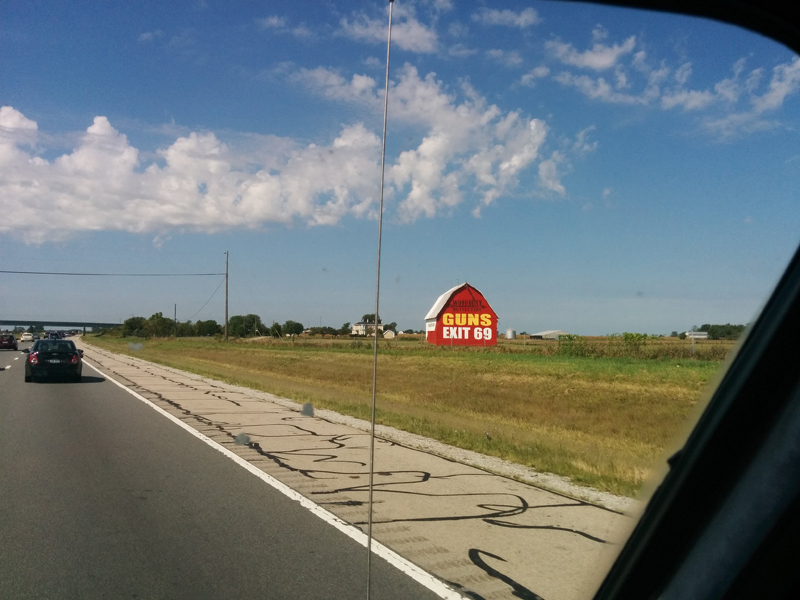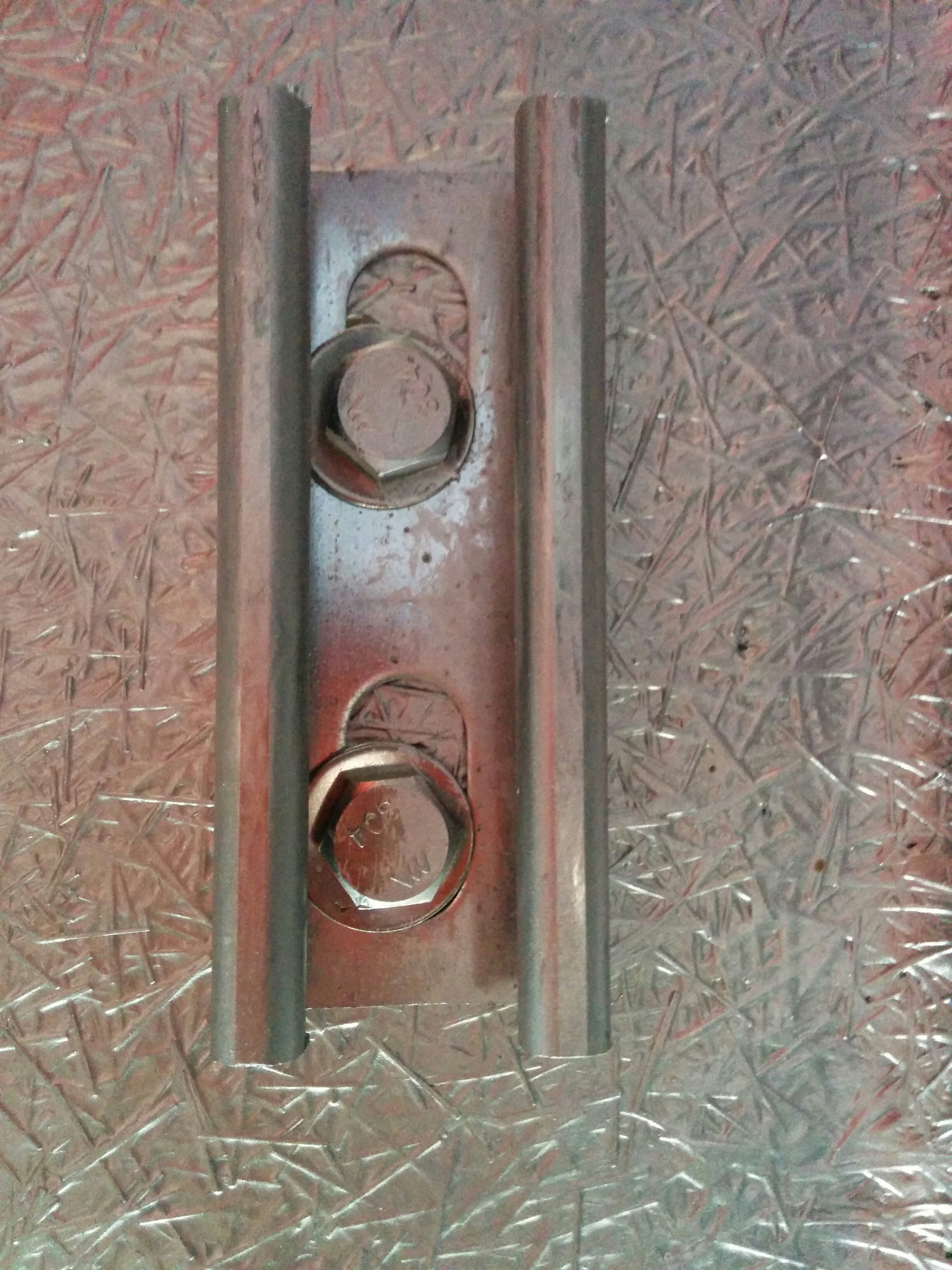(Un)installing the Solar Panels
The first step was to remove the old solar panel. Yep, you read that right. My conversion van actually came with a 5W solar panel back in 1991. Solar panels have a long lifespan—but this wasn’t going to cut the mustard. Even when new I can’t really imagine this thing providing anything better than homeopathic amounts of electricity. Was it just to make the van seem high-tech? Granted, conversion vans are power hungry enough creatures that the poor car battery probably needed every watt it could get.
The 5W panel. Clearly, it’d seen better days.
What’s underneath? Pine needles. Of course.
So rusted…
Out With The Old, In With The New
The Renogy panels arrive!
To install the solar panels, mechanic friend Garrett and I took a trip down to the outskirts of Cincinnati to visit electrician friend, Rob. Garrett put the van through its paces on the highway and listened to its shifting, which all seemed fine.
You can tell you’re in Ohio when…
You can REALLY tell you’re in Ohio when…
Unboxing the solar panels and checking their voltages. Despite being a 12V panel, open circuit voltage in direct sunlight will be ~22V.
Rob had a LOT of big spools of wire. It made me want to sew with them.
We made a run to Menard’s for angle brackets, C channel, bolts, nuts, and washers. We also took some time to drill through my engine firewall and run some 2/0 gauge CCA wire from the engine bay back to my power shelf so I could optionally charge my LiFePOs off the alternator. I had never seen such enormous wire before (awg comes in sizes greater than 0!). After a certain size, you can’t hand crimp them anymore. You have to use this hydraulic crimping tool thing.
Placing the solar panels. Since I would be using a PWM controller, the panels needed to be wired in parallel. Solar panel wires use a weather-resistant standardized connector called MC4. I had brought the necessary connectors with me. After the panels were wired together, they would need a longer run of cable to pass through the roof.
Rob had something called 14/4 wire. This is 4 strands of 14awg wire inside a single cable jacket. We drilled a hole in my roof on the right side and ran this 14/4 cable through this connector.
From the inside.
The solar panels finished!















